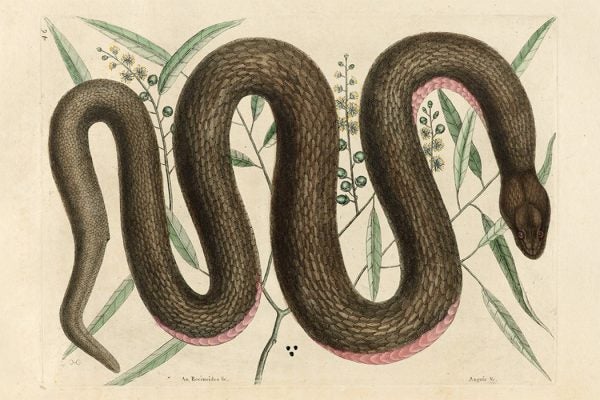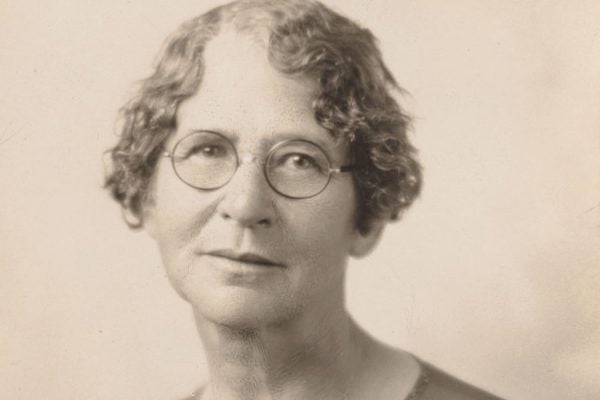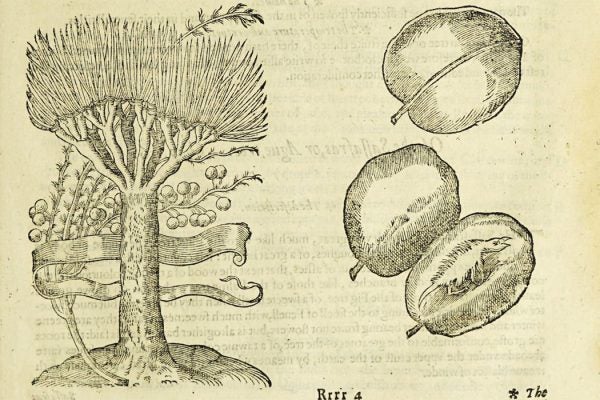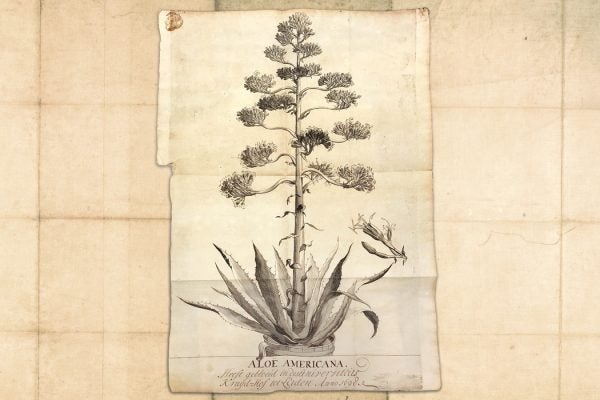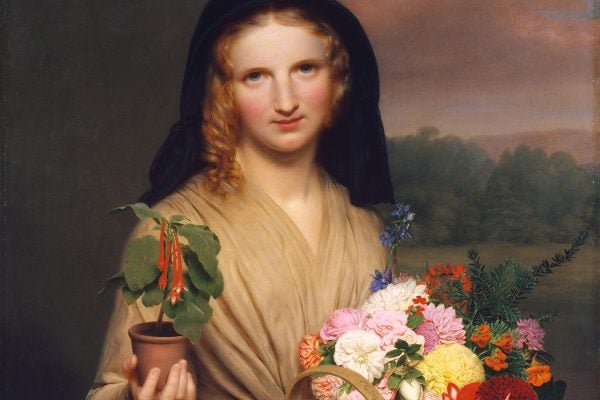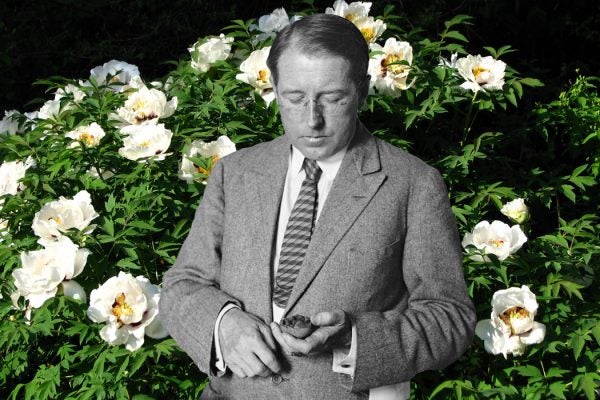Plant of the Month: Venus Flytrap
The carnivorous plant, native to the Carolinas, has beguiled botanists and members of the public alike since the eighteenth century.
Plant of the Month: Cascarilla
Epidemics revive old remedies and accelerate experimentation with new ones.
Plant of the Month: Heliconia
Heliconias can distinguish among pollinators like hummingbirds and respond selectively to their visits.
Ynés Mexía: Botanical Trailblazer
This Mexican-American botanist fought against the harshness of both nature and society to follow her passion for plant collecting.
The Unsung Heroine of Lichenology
Elke Mackenzie’s moments of self-citation illuminate the hopes of someone who, against ease and tradition, did not wish to separate her identity from her research.
Plant of the Month: Dittany
Did women in the premodern world have much agency over reproduction? Their use of plants like dittany suggests that they did.
Plant of the Month: The Dragon Tree
Dragon's blood is all the rage now, but where does the scarlet resin come from?
Plant of the Month: Agave
The international popularity of tequila threatens the quantity, health, and biodiversity of all species of agave.
When Botany Was for Ladies
In nineteenth century America, young women took to studying botany—a conjoining of interest, social acceptance, and readily available schooling.
Meet the Man Behind the Peony
In China, gramophone and camera in tow, botanist and explorer Joseph Rock collected seeds from the tree peony that bears his name.

